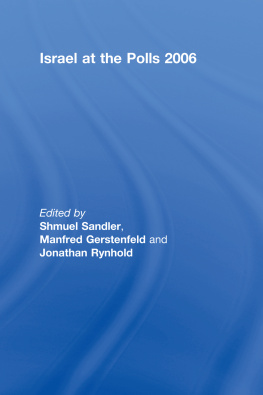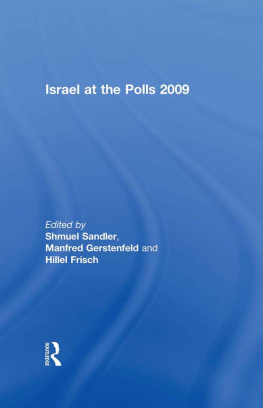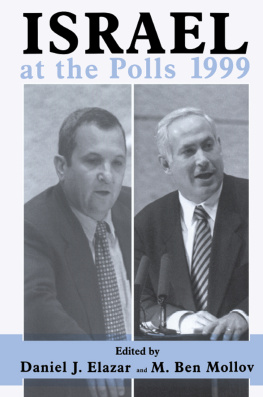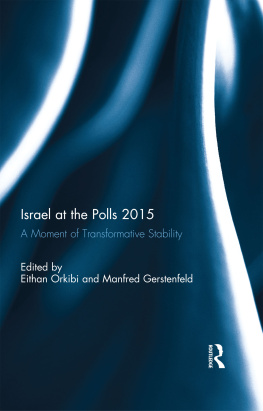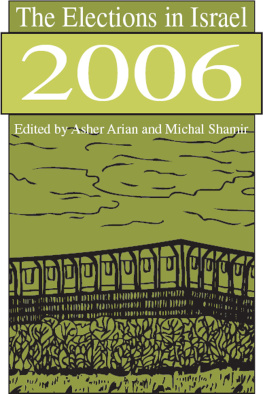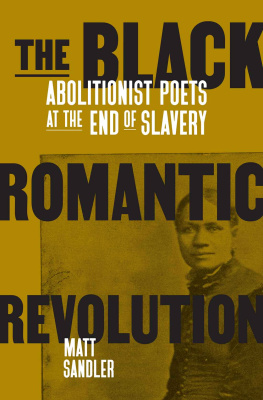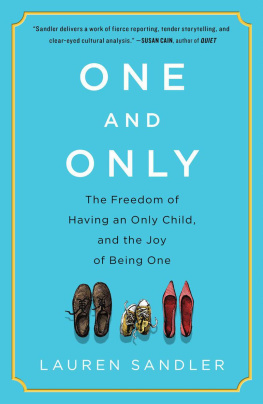Israel at the Polls 2006
The 2006 elections constitute a major redrawing of the political map in Israel due to Prime Minister Ariel Sharon's exit from the Likud party and his creation of a new centre party, Kadima. Following Israel's unilateral withdrawal from Gaza, Sharon formed Kadima taking many former Likud MKs who supported the withdrawal with him. Several prominent members of the Labour party, including former Prime Minister Shimon Peres, also joined Kadima, as did other prominent figures such as the former head of the Internal Security Service, Avi Dichter. This book examines the impact of this recomposition of the political map. In particular, it focuses on the various political parties, the election campaign in the media and the main issues at stake in the election including: foreign and defence policies, social and economic issues, as well as, the issue of corruption. The impact of events in the Palestinian Authority and other external factors are also discussed. Finally, the challenges for the new government, in the wake of the election results, are analysed.
This book was previously published as a special issue of Israel Affairs
Prof. Shmuel Sandler is currently serving as the Dean of the Faculty of Social Sciences at Bar-Ilan University, and is a fellow of the Jerusalem Center for Public Affairs. In 1995 he became the incumbent of the Sara and Simha Lainer Chair in Democracy and Civility. He has published widely on Israeli politics and foreign policy, Ethnic politics, Religion and foreign policy.
Dr Manfred Gerstenfeld is Chairman of the Board of Fellows of the Jerusalem Center for Public Affairs. He is an international business strategist who has been a consultant to governments, international agencies, and boards of some of the world's largest corporations. He is also an editor of the Jewish Political Studies Review.
Dr Jonathan Rynhold is a senior lecturer in the Department of Political Studies at Bar-Ilan University and a Senior Research Associate at the BESA Centre for Strategic Studies. He has published widely on Israeli politics and foreign policy, and on the wider international politics of the Middle East peace process.
Israel at the Polls 2006
Edited by
Shmuel Sandler, Manfred Gerstenfeld and
Jonathan Rynhold
First published 2008
by Routledge
2 Park Square, Milton Park, Abingdon, Oxon, OX14 4RN
Simultaneously published in the USA and Canada
by Routledge
270 Madison Avenue, New York, NY 10016
Routledge is an imprint of the Taylor & Francis Group, an informa business
2008 Edited by Shmuel Sandler, Manfred Gerstenfeld and Jonathan Rynhold.
Typeset in Sabon 10.5/12pt by the Alden Group, Oxfordshire
Printed and bound in Great Britain by Biddles Digital Ltd, King's Lynn
All rights reserved. No part of this book may be reprinted or reproduced or utilised in any form or by any electronic, mechanical, or other means, now known or hereafter invented, including photocopying and recording, or in any information storage or retrieval system, without permission in writing from the publishers.
British Library Cataloguing in Publication Data
A catalogue record for this book is available from the British Library
ISBN10: 0-415-41361-3 (hbk)
ISBN13: 978-0-415-41361-9 (hbk)
Contents
| SHMUEL SANDLER AND JONATHAN RYNHOLD |
| MANFRED GERSTENFELD |
| Parties and Sectors |
| REUVEN Y. HAZAN |
| JONATHAN SPYER |
| NEILL LOCHERY |
| ASHER COHEN |
| VLADIMIR (ZE'EV) KHANIN |
| HILLEL FRISCH |
| Issues |
| JONATHAN RYNHOLD |
| ETTA BICK |
| ATARA FRENKEL-FARAN AND SAM LEHMAN-WILZIG |
| IRA SHARKANSKY |
| EMANUELE OTTOLENGHI |
| BARRY RUBIN |
| YAKIR PLESSNER |
| ASHER COHEN |
In Memory of Simha Lainer Z"L A Lover of Zion and the Jewish People
SHMUEL SANDLER and JONATHAN RYNHOLD
Among political scientists and sociologists who study the State of Israel, one of the most accepted theses is that Israel is a 'deeply divided society'. and resulted in a divided political map following almost every election since 1977. The question posed here is to what extent the Jewish State is truly polarized in light of the success of the centrist Kadima party in the 2006 Knesset elections. Might the 'deeply divided society' concept no longer hold true in light of the victory of a centrist party that included on its list members from both opposing camps? If so, what is the essence of this centrism that is emerging in Israeli society? As Israel appears to be slipping back to the pre-1967 borders, is the old consensus that existed before the emergence of the great divide on the Territories returning? Or are we witnessing the emergence of a new centrism? And, how will the consequences of the Second Lebanon War affect these processes?
What is the basis for thinking that the Kadima victory is indicative of the existence of a strong centre in Israel? First, it is important to recognize the significance of the unprecedented victory of a new centrist party. The victory of centrism was also evident in the way Kadima's leadership sought to base the party on inclusivism by courting diverse groups, such the religious, Sephardim and even Arab personalities to make up its list. This contrasted with Shinui, which appealed exclusively to Ashkenazi secular voters. Clearly, Kadima's centrism went beyond the ideological divide between Left and Right. It was a preconceived political strategy. The Kadima party experiment, even if it ultimately fails and the party disintegrates especially after the disappointing results of the Second Lebanon War, is important because the fact remains that almost one-quarter of Israeli society expressed its support for a centrist party that sought to present pragmatic positions.
At the same time it is important to take note of another trend: the ongoing diffusion of the Israeli political map. A new manifestation of this trend in 2006 was the growth of the number of mid-size parties, at the expense of the large parties. While the pivotal party, Kadima, received less than a quarter of the vote and seats (29) in the Knesset, the two traditional ruling parties, Labour (19) and Likud (12) were reduced to mid-size parties where they were joined by Shas (12) and Israel Beiteinu (11). Another group consists of parties that won fewer than 10 seats: the National Union-MRP (National Religious Party) list (9) the Pensioners party, Gil (7), United Torah Judaism (UTJ) (6) and Meretz-Yahad (5). All the Arab parties achieved fewer than five seats: United Arab List-Arab Movement for Renewal (4), Democratic Front for Peace and Equality (3) and Balad (3) (see ). Overall, 12 parties passed the new electoral threshold of 2 percent. This diffusion could not be credited to the electoral system, since this time voters only cast one ballot. Undoubtedly, the 2006 election has produced a fractured political map.
The question is how can these two occurrences be reconciled; the victory of a centrist party in the midst of a diffused political map? Answering this question and analysing the new Israeli centre is important in light of the severe animosity between different elements of Israeli society which a decade ago culminated in a political assassination. Below, the contention that the victory of Kadima was indicative of a desire by many in Israeli society to abandon the divisive forces that had characterized it over the last two decades is examined.


